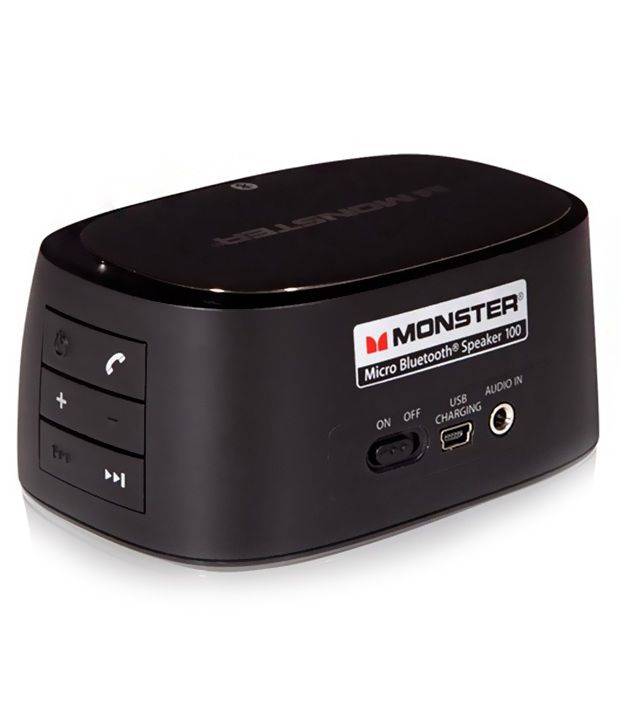

onair.go has the CLI skeleton, and all the configuration options.If you're interested in adding bits to OnAir this section will be helpful. I should probably add in better debug log support to make this a bit easier on myself.

If you run into issues, opening an issue is the best way to get my attention, but it might be a while. PRs are welcome! I'm happy to look at those as time allows. Load the launch configuration with launchctl load ~/Library/LaunchAgents/ and it'll start immediately. You can find that plist file in this repository. If onair run works well for you, you can make it run in the background automatically.įirst, symlink /usr/local/bin/onair to $GOPATH/bin/onair, then toss the launch agent plist in ~/Library/LaunchAgents/. Then, run the watcher as in the previous section Start OnAir Automatically Ifttt-oftair: IFTTT Maker Event to invoke when you go off the air. Ifttt-onair: IFTTT Maker Event to invoke when you go on the air
#Micro snitch zoom audio device install#
If you've never built any Go things before, you can use homebrew to install golang and get going pretty quickly: There's a signed package available under the releases page here. Alternatively, you need an IFTTT account and some device that you can drive from IFTTT.Some form of light to use with it - perhaps a Philips Hue Go portable light.

A computer running macOS with Micro Snitch installed.Familiarity with the macOS command line interface.You'll need the following to get started: You can use these to drive lots of different activieiss. OnAir will either directly access your Hue system, or it can invoke IFTTT webhooks. OnAir will monitor the state of your audio/video input devices, then change the color of a light! Here's an animated gif of it doing the thing: Are you working from home more often in these unprecedented times? Maybe it would be nice to give your housemates an indication that you're on a video or audio call.


 0 kommentar(er)
0 kommentar(er)
